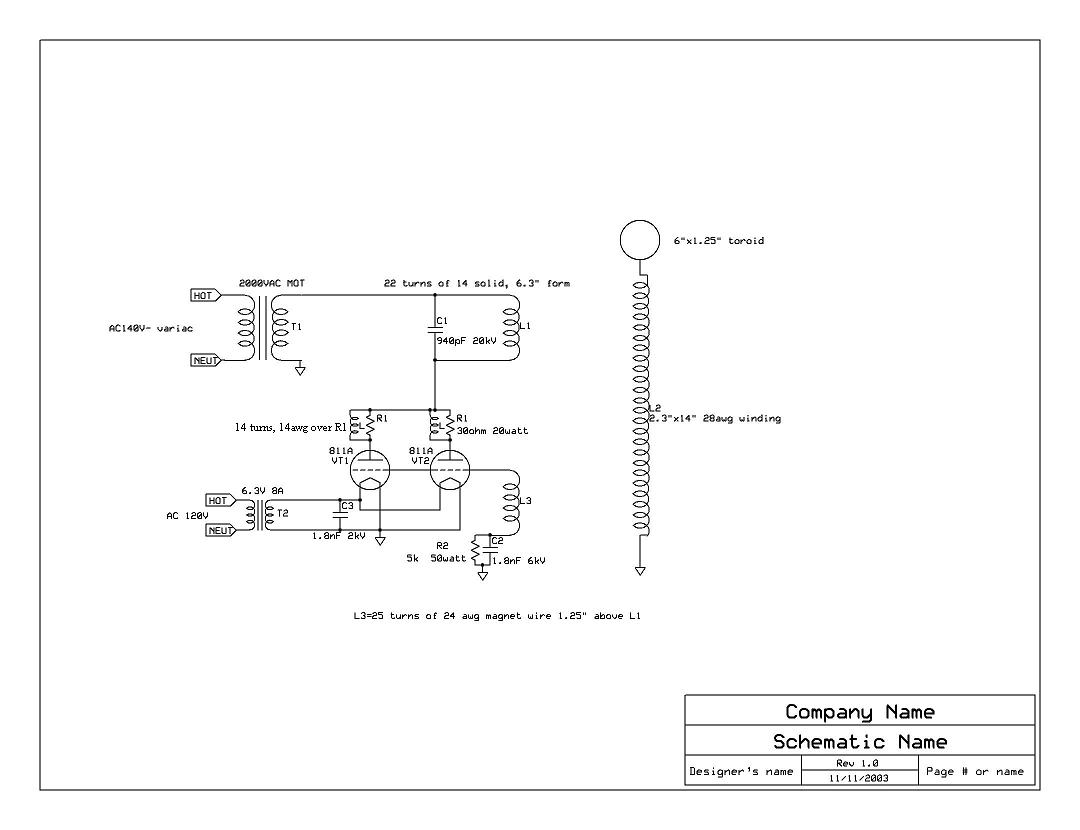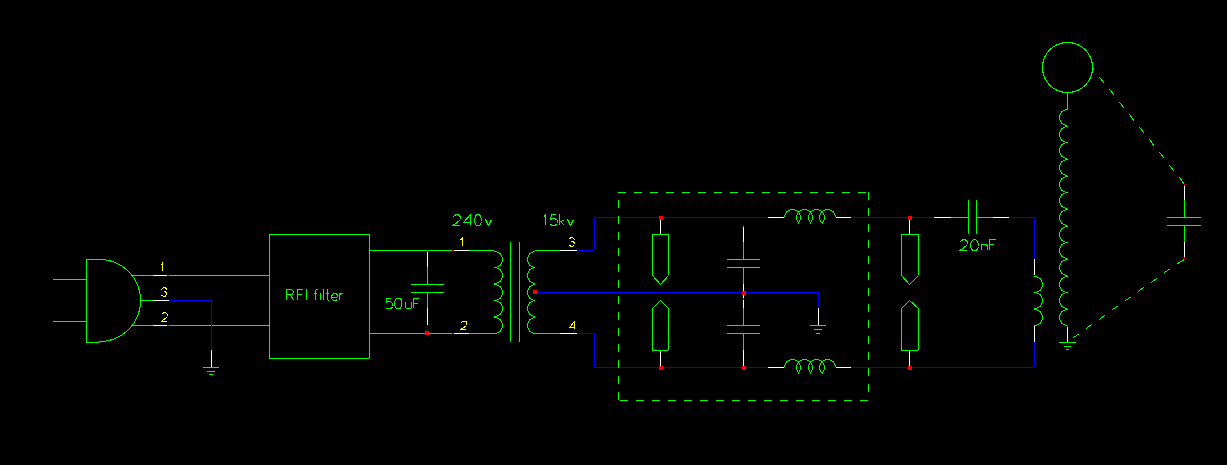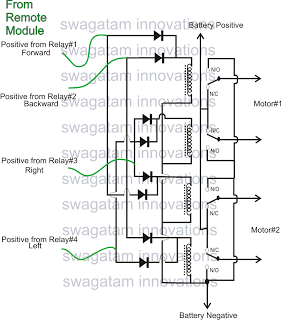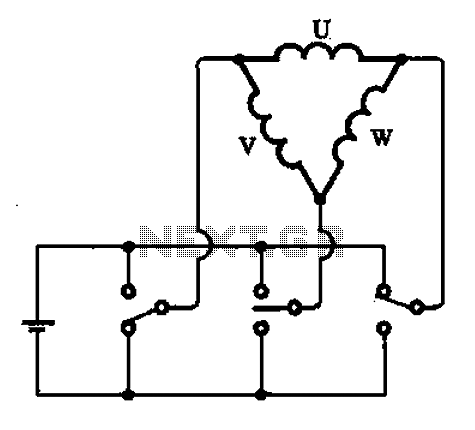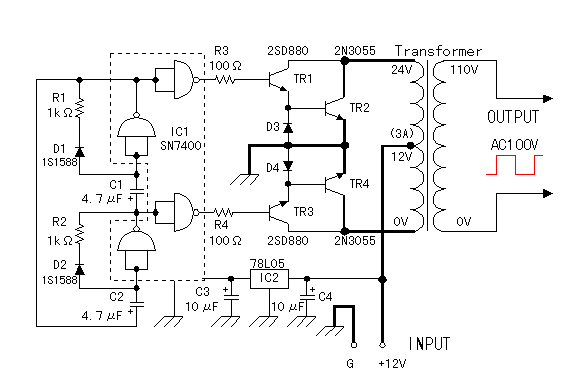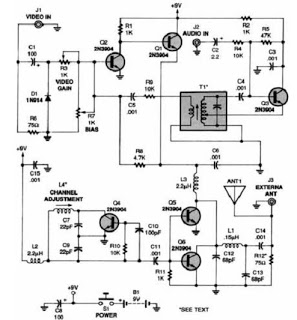
How To Make A Coil Gun
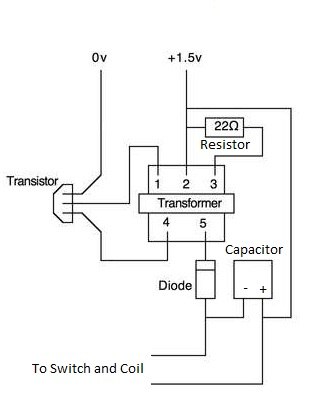
This article explains how to construct a coil gun, a device that launches magnetic projectiles at high speeds using electrical energy. Coil guns do not require explosive propellants, allowing them to be fired indefinitely as long as there is ammunition and a power source.
A coil gun generally comprises one or more coils of copper wire (similar to a solenoid), a capacitor bank, a transformer, a DC power source, a mechanism to release energy from the capacitors through the coil, and a projectile. During operation, the wire coil generates a strong magnetic field that accelerates the projectile.
A comprehensive understanding of the coil gun's operation involves several key components and principles. The coil itself, made from insulated copper wire, serves as the electromagnet. When current flows through the coil, it creates a magnetic field that pulls the projectile into the coil.
The capacitor bank is crucial as it stores electrical energy, allowing for rapid discharge to create a strong magnetic field. The discharge is controlled by a switching mechanism, which can be a simple relay or a more sophisticated electronic switch. The transformer may be used to step up the voltage from the power source to charge the capacitors effectively.
The DC power source provides the necessary voltage to charge the capacitors. A common choice is a battery or a DC power supply, depending on the desired performance characteristics. The projectile, usually made of ferromagnetic material, is positioned at the coil's entrance.
Upon triggering the discharge, the energy stored in the capacitors is released into the coil, generating a magnetic field that propels the projectile forward. The timing of the discharge is critical; if the energy is released too late, the projectile may exit the coil before the magnetic field can effectively accelerate it. Advanced designs may include multiple coils, where the timing of each coil's activation is carefully controlled to maximize the projectile's speed.
Safety considerations are paramount when constructing and operating a coil gun. High voltages and currents can pose significant risks, and proper precautions must be taken to ensure safe handling and operation. Additionally, the design should incorporate methods to prevent accidental discharge and to manage the heat generated during operation.
In summary, a coil gun is a fascinating application of electromagnetic principles, combining various electronic components to achieve high-velocity projectile launch. Proper design and safety measures are essential for successful construction and operation.In this article, I`ll show you how to build a coil gun. A coil gun is a device that fires magnetic projectiles at high velocities, using electricity. Coil guns require no explosive propellant, therefor can be fired an infinite amount of time, providing that there is ammunition and available electricity. The Coil Gun: Concept A coil gun typically consists of a coil(s) of copper wire (similar to a solenoid), a capacitor bank, a transformer, a DC power source, a method of releasing the energy in the capacitors through the coil, and a projectile.
When firing, the coil of wire induces an intense.. 🔗 External reference
A coil gun generally comprises one or more coils of copper wire (similar to a solenoid), a capacitor bank, a transformer, a DC power source, a mechanism to release energy from the capacitors through the coil, and a projectile. During operation, the wire coil generates a strong magnetic field that accelerates the projectile.
A comprehensive understanding of the coil gun's operation involves several key components and principles. The coil itself, made from insulated copper wire, serves as the electromagnet. When current flows through the coil, it creates a magnetic field that pulls the projectile into the coil.
The capacitor bank is crucial as it stores electrical energy, allowing for rapid discharge to create a strong magnetic field. The discharge is controlled by a switching mechanism, which can be a simple relay or a more sophisticated electronic switch. The transformer may be used to step up the voltage from the power source to charge the capacitors effectively.
The DC power source provides the necessary voltage to charge the capacitors. A common choice is a battery or a DC power supply, depending on the desired performance characteristics. The projectile, usually made of ferromagnetic material, is positioned at the coil's entrance.
Upon triggering the discharge, the energy stored in the capacitors is released into the coil, generating a magnetic field that propels the projectile forward. The timing of the discharge is critical; if the energy is released too late, the projectile may exit the coil before the magnetic field can effectively accelerate it. Advanced designs may include multiple coils, where the timing of each coil's activation is carefully controlled to maximize the projectile's speed.
Safety considerations are paramount when constructing and operating a coil gun. High voltages and currents can pose significant risks, and proper precautions must be taken to ensure safe handling and operation. Additionally, the design should incorporate methods to prevent accidental discharge and to manage the heat generated during operation.
In summary, a coil gun is a fascinating application of electromagnetic principles, combining various electronic components to achieve high-velocity projectile launch. Proper design and safety measures are essential for successful construction and operation.In this article, I`ll show you how to build a coil gun. A coil gun is a device that fires magnetic projectiles at high velocities, using electricity. Coil guns require no explosive propellant, therefor can be fired an infinite amount of time, providing that there is ammunition and available electricity. The Coil Gun: Concept A coil gun typically consists of a coil(s) of copper wire (similar to a solenoid), a capacitor bank, a transformer, a DC power source, a method of releasing the energy in the capacitors through the coil, and a projectile.
When firing, the coil of wire induces an intense.. 🔗 External reference
